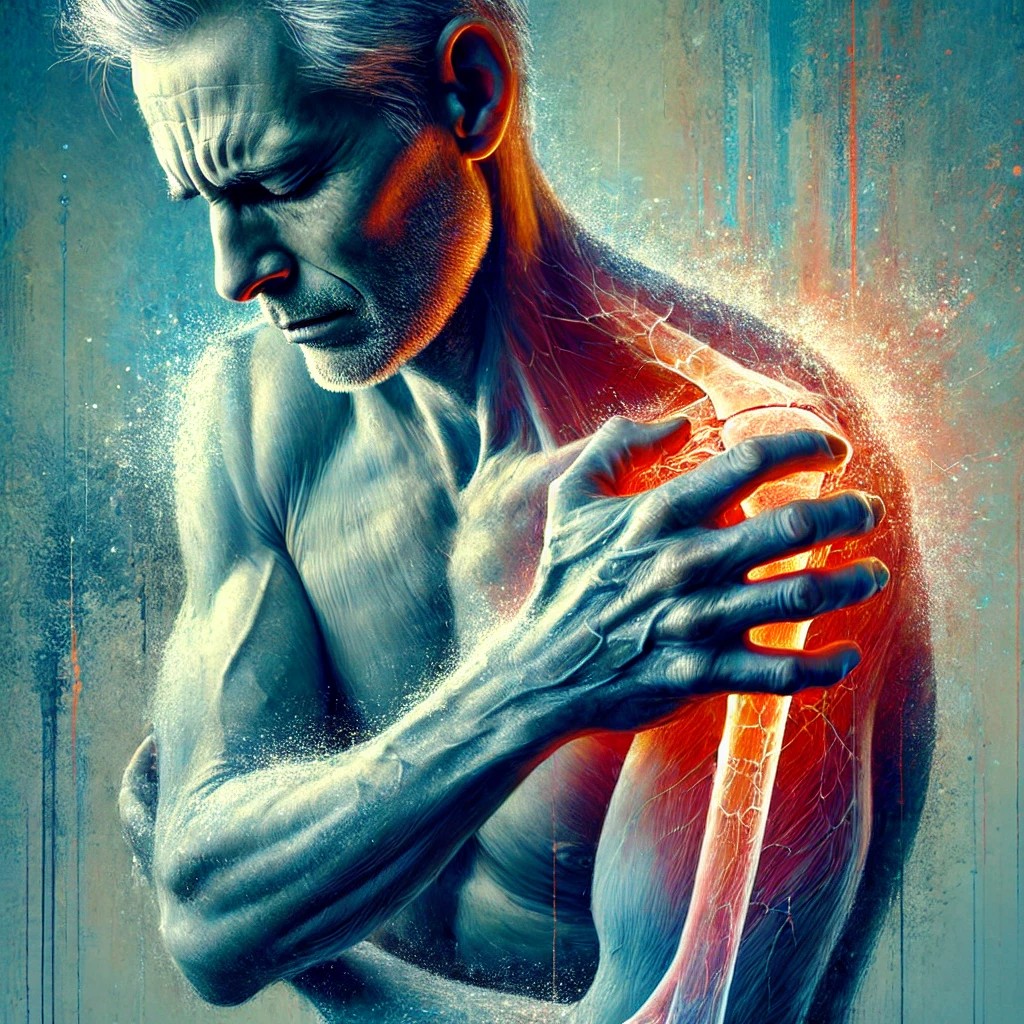How Dry Needling Can Help with Frozen Shoulder (Adhesive Capsulitis): A Science-Backed Approach to Pain…

3 Drug-Free Ways to Manage Your Pain
Persistent pain can be life-altering, affecting your work, home life, and general well-being. You want to do anything to find relief, but at what cost?
When it comes to managing pain, the best solution should be one that is effective with little or no side effects. For anyone considering taking prescription pain medication, make sure you are aware of potential side effects: confusion, constipation, breathing problems, itching, drowsiness, nausea, and addiction, to name a few.
So what if you could manage your pain in a less risky and more healthful way? Here are some effective treatments that just might give you the results you need
- Massage for pain relief
Massage doesn’t just feel great; it also works to combat pain in a number of ways. You may find great relief just in the physical contact and being able to communicate with a practitioner who understands your condition. Here are a few more ways massage is actually working in your body.
- Blood flow is increased to the muscles and joints – fresh circulation brings fresh nutrients and oxygen and is warming to areas that are sore and achy.
- Dopamine and Serotonin levels increase – *Studies have shown that these “feel good” hormones increase during massage, and Cortisol, the “stress hormone,” decreases.
- Promoting healing – Massage encourages the parasympathetic nervous system, our “rest and digest” system. This is the time that the healing process works the best.
- Acupuncture for pain relief
Acupuncture is a widely accepted and popular form of pain management. Like massage, the human connection is a wonderful benefit to working with a trained practitioner. Acupuncture works by stimulating the body’s own healing mechanisms in the following ways:
- Decreasing inflammation – Inflamed tissue in the body puts pressure on surrounding structures. By reducing this pressure, pain is reduced and fresh blood can flow more effectively.
- Regulating circulation – The site where an acupuncture needle is inserted will receive more blood flow. Fresh oxygen and nourishment are delivered to the area, promoting quicker, more effective healing.
- Increasing endorphins and regulating serotonin and dopamine levels – Acupuncture is great at regulating the pain reducing hormones in the body.
- Meditation for pain relief
It is believed that any sort of meditation practice can be beneficial in reducing pain. Meditation can include imagery and mantras, or focus more on stillness and breathing. With meditation, you are connecting with yourself, with your deepest needs and desires, and learning how to become more mindful. Here are a few ways that meditation is thought to be helpful for decreasing pain:
- Calming the nervous system
- Decreasing anxiety and stress
- Increasing pain tolerance
- Creating a greater sense of self and wellbeing
These methods may not be as simple as popping a pill, but the benefits are worth the effort. If you haven’t tried one or all of these methods for pain relief, I encourage you to contact us at Anjuna Medicine and find out more information. We offer massage therapy and acupuncture treatments for a variety of symptoms, injuries and situations. Finding relief from pain can be possible and pleasant!



